Blow Up #321, Feb 2025, “Trances/Drones” ( 2CS Soundscape 1984-2CD Extreme 1994)
by Gino Dal Soler
English Translation (thanks to Google):
Thirty years ago and more, it was June 1994, Fulvio Tomasetta and I, both collaborators of the glorious Radio Città Del Capo in Bologna at the time, invited Robert Rich to play in Bologna directly from California, a crazy undertaking one would say today, totally self-financed (crowdfunding didn’t exist back then but it was something similar to understand each other) for the occasion we obtained (paying a fee of course) to be able to have him play in the splendid setting of the Aula Absidale di Santa Lucia, those who were there and we were quite a few, will remember. Extreme had recently reissued on a double CD with unreleased material, exactly ten years after their release, the two legendary (it’s the case to say it), cassettes of “Trances” and “Drones” (now sold at a high price if you can find them). Anno mirabilis 1984, the same as “Structures From Silence” by Steve Roach, a friend and frequent collaborator of Rich. State of the art of Californian ambient in the early eighties, two years after Brian Eno’s “On Land” that had struck them both. The mirrored covers of the cassettes, of a spartan elegance, seemed to recall the Philips “Prospective” series, one blue “Trances” the other silver “Drones”, nothing but a zen sign in the center and almost no notes except “Created by Robert Rich at Soundscape Studio, Palo Alto California” and a “Best effects are obtained at medium and low volumes, in a quiet place”. Because it was all there in the end, a quiet place to abandon yourself to the flow of sound, that same “stream of consciousness” that had enraptured not a few minds of entire generations. For Robert Rich, those were also the years of his famous Sleep Concerts, at Stanford University and elsewhere, wherever spaces for sharing opened up. “At that time I simply wanted to find a way to bring an audience to a deeper level of listening, to encourage a more sensitive audience to listen to sound as a psychoactive environment rather than merely musical. I wanted to create a ritual, where some strange kind of energy would take over the room, that energy that takes shape only when the long duration of sounds and silence combines with a group of people willing to share the same space and the same time” he said of those days.
“Trances” and “Drones” are perhaps nothing more than a condensation (and so are the subsequent cassettes “Live” and Inner Landscapes”) of those long hours of bliss, from late evening to dawn, where trance, meditation, ecstasy and transcendence converge, in short psychedelia even without the artificial aid of drugs. It is no coincidence that Rich studied psychology, directing his research to the physiology of the conscious state and the connection between the REM phase of sleep and lucid dreams, working with the lucid dreaming scholar Stephen La Berge. Other fundamental inspirations were the sound explorations of Maryanne Amacher, Annea Lockwood and Pauline Oliveros, worlds that collide with other worlds, for example Terry Riley for minimalism, Ali Akbar Khan and Hariprasad Chaurasia for Indian raga and certainly not least Harry Partch, for the approach to just intonation of which Robert Rich has always been a supporter. A wealth of experience that in the following years will be enriched with other sounds and new drifts, between Hassellian fourth world and dark ambient thrusts with Lustmord.
Before that protoplasmic universe that he himself renamed “glurp” or the organic sound of the gurgling jam of life, of that strange surreal liquid of dreams, there are the primordial paradises of “Trances” and “Drones”, the long and nebulous hypnotic rides of Wheel Of Earth and Seascape on “Drones” and the magnificent crescendo between insect hisses, natural sounds and electronic frequencies of Cave Paintings on “Trances” that finally opens like a cosmic lotus, in one of the most beautiful contemplative ecstasies set to music by Robert Rich. On the other side Hayagriva (an angry emanation of Avalokiteshvara, Tibetan deity of compassion) seems to explore the deepest meanders of the soul, with a darker and tense sound but no less powerful. In the double CD edition (Extreme 1994) you will also find two juicy bonuses: Sunyata (Emptiness) originally on Robert Rich’s very first cassette “Sunyata” from 1982 and the unreleased Resonance recorded in 1983 at Stanford University, exploiting the acoustic resonances of the room derived from delay and feedback. Between modular synths, the epic Prophet-5 and his unmistakable lap steel, Rich thus begins his long and fruitful journey, if it is true that this year alone he has come out with two excellent titles: “Cloud Ornament” with our Luca Formentini and “Waves Of Now” with the veteran Steve Roach.
Original Text in Italian:
Trent’anni fa e più, era il giugno del 1994, io e Fulvio Tomasetta a quel tempo entrambi collaboratori della fu gloriosa Radio Città Del Capo di Bologna, invitammo Robert Rich a suonare a Bologna direttamente dalla California, un’impresa folle si direbbe oggi, totalmente autofinanziata (non c’era ancora il crowfounding allora ma è stato qualcosa di simile per capirci) per l’occasione ottenemmo (pagando pedaggio of course) di poterlo far suonare nella splendida cornice dell’Aula Absidale di Santa Lucia, chi c’era ed eravamo davvero parecchi, ricorderà. La Extreme aveva da poco ristampato in doppio cd con inediti, esattamente dieci anni dopo la loro uscita, le due mitiche (è il caso di dirlo), cassette di “Trances” e “Drones” (oggi battute a caro prezzo ammesso che le troviate) . Anno mirabilis 1984, lo stesso di “Structures From Silence” di Steve Roach, amico e sovente collaboratore di Rich. Stato dell’arte dell’ambient Californiana dei primi anni ottanta, due anni dopo l’”On Land” di Brian Eno che aveva folgorato entrambi. Le copertine specchianti delle cassette, di un’eleganza spartana, sembravano richiamare la serie “Prospective” della Philips, l’una azzurra “Trances” l’altra argentea “Drones”, nient’altro che un segno zen al centro e quasi niente note se non “Created by Robert Rich at Soundscape Studio, Palo Alto California” e un “Best effects are obtained at medium and low volumes, in a quiet place”. Perché era tutto lì in fondo, un luogo quieto a cui abbandonarsi al flusso del suono, quello stesso “stream of consciousness” che aveva rapito non poche menti di intere generazioni. Per Robert Rich erano anche gli anni dei suoi famosi Sleep Concert, all’università di Stanford e altrove, ovunque si aprissero spazi di condivisione. “A quel tempo volevo semplicemente trovare un modo per portare un’audience ad un livello più profondo di ascolto, ad incoraggiare un pubblico più sensibile ad ascoltare il suono come un ambiente psicoattivo piuttosto che meramente musicale. Volevo creare un rituale, dove un qualche strano tipo di energia si impadronisse della sala, quell’energia che prende forma solo quando la lunga durata dei suoni e del silenzio si combina con un gruppo di persone disposte a condividere lo stesso spazio e lo stesso tempo” raccontava di quei giorni.
“Trances” e “Drones” forse non sono altro che un condensato ( e così anche le successive cassette “Live” e Inner Landscapes”) di quelle lunghe ore di beatitudine, dalla tarda sera all’alba, dove far confluire trance, meditazione, estasi e trascendenza, insomma psichedelia anche senza l’ausilio artificiale delle droghe. Non è un caso che Rich abbia studiato psicologia, indirizzando le sue ricerche alla fisiologia dello stato cosciente e al collegamento tra la fase REM del sonno e i sogni lucidi, lavorando con lo studioso di lucid dreaming Stephen La Berge. Altre fondamentali ispirazioni sono state le esplorazioni sonore di Maryanne Amacher, Annea Lockwood e Pauline Oliveros, mondi che collidono con altri mondi, ad esempio Terry Riley per il minimalismo, Ali Akbar Khan e Hariprasad Chaurasia per il raga indiano e non certo da ultimo Harry Partch, per l’approccio alla just intonation di cui Robert Rich è fautore da sempre. Un bagaglio di esperienze che negli anni successivi si arricchirà di altre sonorità e nuove derive, tra quarto mondo Hasselliano e affondi dark ambient con Lustmord.
Prima di quell’universo protoplasmico da lui stesso ribattezzato “glurp” ossia il suono organico della gorgogliante marmellata della vita, di quello strano liquido surreale dei sogni, ci sono i primordiali paradisi di “Trances” e “Drones”, le lunghe e nebulose cavalcate ipnotiche di Wheel Of Earth e Seascape su “Drones” e il magnifico crescendo tra sibili di insetti, suoni naturali e frequenze elettroniche di Cave Paintings su “Trances” che si apre infine come un loto cosmico, in una delle più belle estasi contemplative messe in musica da Robert Rich. Sull’altro lato Hayagriva (una emanazione irata di Avalokiteshvara, divinità tibetana della compassione) pare esplorare i meandri più profondi dell’anima, con un suono più cupo e teso ma non meno potente. Nell’edizione in doppio cd (Extreme 1994) troverete anche due succose bonus: Sunyata (Emptiness) in origine sulla primissima cassetta di Robert Rich “Sunyata” del 1982 e l’inedita Resonance registrata nel 1983 all’università di Stanford, sfruttando per l’appunto le risonanze acustiche della stanza derivate da delay e feedback. Tra synth modulari, l’epico Prophet-5 e la sua inconfondibile lap steel, Rich dà inizio così al suo lungo e fruttuoso viaggio, se è vero che solamente quest’anno se n’è uscito con due ottimi titoli: “Cloud Ornament” con il nostro Luca Formentini e “Waves Of Now” con il veterano Steve Roach.
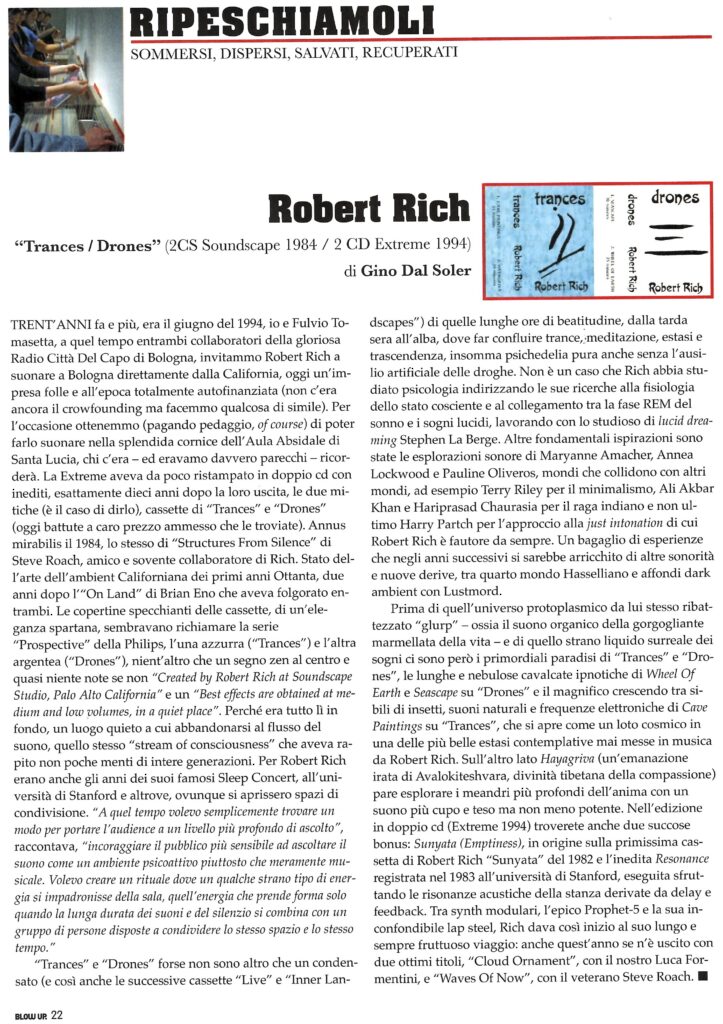
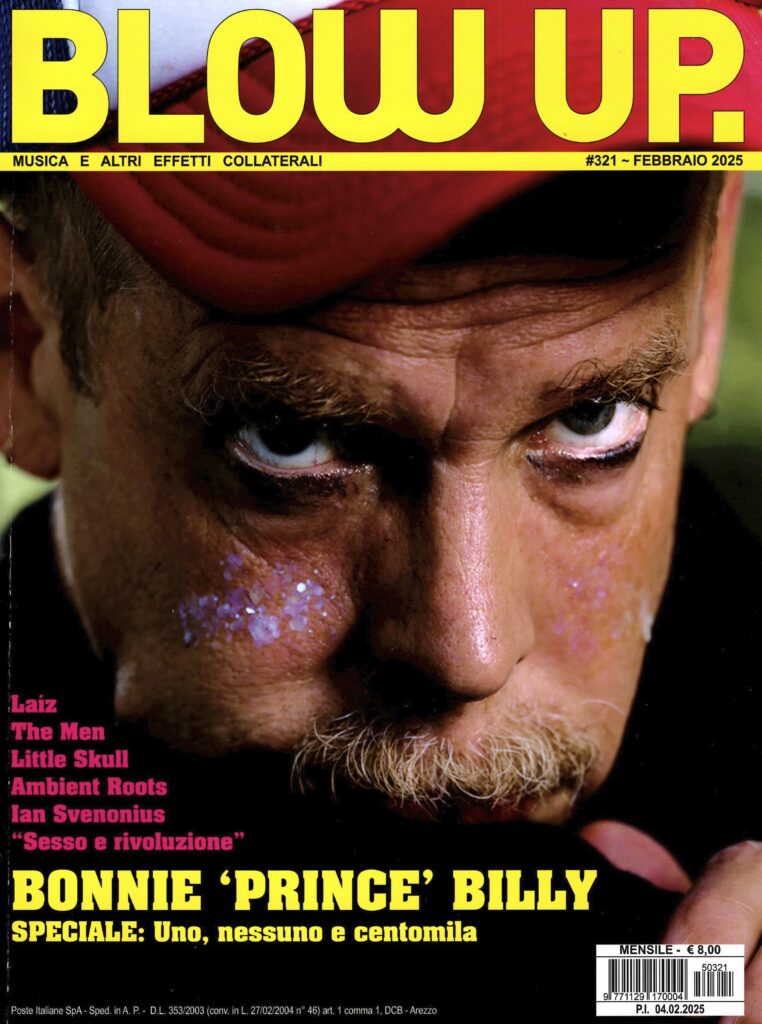


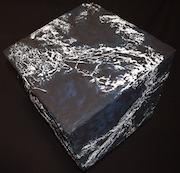
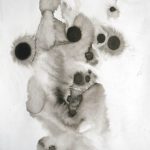
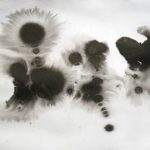
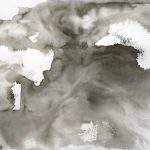
You must be logged in to post a comment.